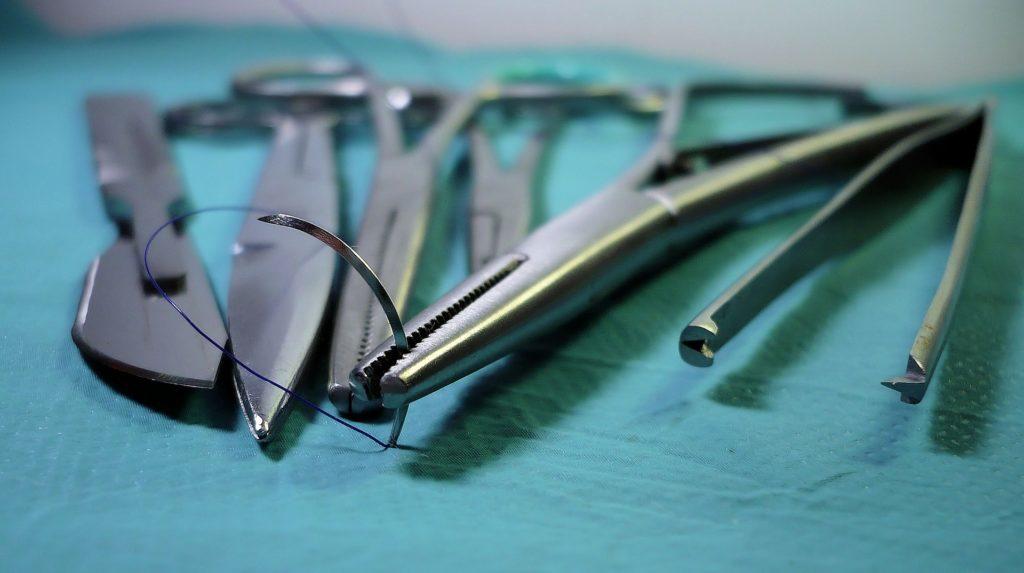Spinal fusion is a procedure that often results in complications. This requires spinal fusion revision, but fixing these complications isn’t as simple as revising the surgery you’ve already undergone. Aside from the fact that spinal fusion revision surgery is every bit as serious of a procedure as your initial spinal fusion, it also has its own set of issues that can potentially leave you in just as much or more pain than you were already experiencing.
Problems With Spinal Fusion
Spinal fusion is a form of spine surgery meant to stabilize the spine by joining two or more vertebrae of the spine together. Unfortunately, for between 10-40% of patients, this procedure fails to provide them with relief for a variety of reasons. For those who specifically undergo lumbar fusion the failure rate is as high as 37%.
One reason many fail to get relief after spinal fusion is likely caused by the fact that spinal fusion often causes accelerated degeneration of spinal discs the levels near the location of the fusion. This happens because immobilizing of one section of the spine places increased pressure on the rest of the spine, creating a domino effect that will cause more spinal discs to degenerate.
In addition to this accelerated degeneration, many patients also experience muscular symptoms related to their spinal fusion due to the fact that the immobilization of a section of the spine forces the back muscles to control long segments of the spine instead of individual vertebrae. This places increased strain on the muscles, leading to fatigue.
Some patients experience neurological pain symptoms immediately after surgery, which may be caused by the placement of the screws used to fuse the vertebrae. Their placement may put pressure on a nerve root or the spinal cord, causing pain.
Plenty of research regarding the problems associated with spinal fusion has also been conducted. In one study of 338 spinal fusion patients, 55 showed at least one complication. This study also found that complications often arise after spinal fusion revision.
As you can see, complications following spinal fusion surgery are very common, usually necessitating spinal fusion revision. However, spinal fusion revision isn’t without its own issues, either.
Spinal Fusion Revision
When patients do suffer from failed spinal fusion, spinal fusion revision surgery may not be able to get rid of the pain. Spinal fusion revision is also associated with a high risk of complications and with each revision a patient must undergo, the likelihood of success diminishes.
In addition to the common complications of spinal fusion mentioned previously, there are a number of conditions that may require your doctor to recommend spinal fusion revision surgery.
Pseudoarthrosis is when the bone fails to heal properly after spinal fusion surgery. This can cause a deformity to develop either above or below the placement of the fusion. It’s caused by the increased pressure that results from the immobilization of sections of the spine. This can cause further herniations and disc degeneration.
There are also a few complications that may be caused by the instrumentation used in a spinal fusion that may cause the need for spinal fusion revision. This includes instrumentation loosening or pulling away from the bone, infection around the bone or instrumentation, neurological symptoms caused by the placement of the instrumentation, and the formation of fluid-filled sacs (bursa) around the fusion instrumentation.
Spinal fusion revision may also be required when arthritis develops as a result of added strain placed on the non-fused parts of the spine by the areas that have undergone spinal fusion. This is something that causes many complications caused by spinal fusions.
So if spinal fusion has so many complications related to it that will likely necessitate spinal fusion revision, but even revision isn’t particularly successful and becomes less successful every time you undergo spinal fusion revision, what other options are there?
The Discseel® Procedure
The Discseel® Procedure is a non-surgical, minimally invasive treatment that is able to provide lasting treatment for chronic back and neck pain.
With a 70% success rate, and no instrumentation placed in your body to cause complications, the Discseel® Procedure is a great alternative to surgery. In addition to this, the procedure uses a natural fibrin biologic known to encourage tissue growth, allowing spinal disc tissue to grow and heal itself. This solves back and neck pain caused by degenerative disc disease, disc herniations, and sciatica without requiring immobilization of sections of the spine. This is why the Discseel® Procedure is able to leave you with the same mobility you had prior to undergoing the procedure, while spinal fusion reduces mobility.
If you’re ready to get long-term relief from your back or neck pain, apply for the Discseel® Procedure today and find out if you’re a candidate.
